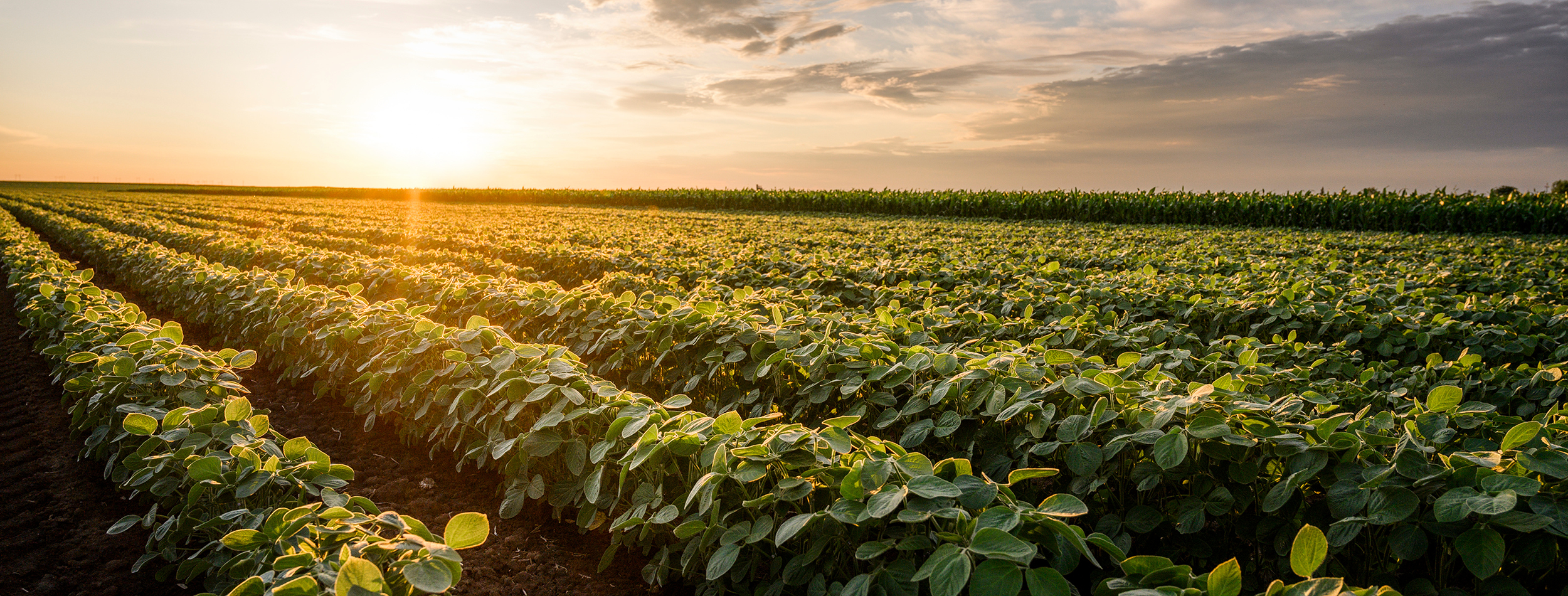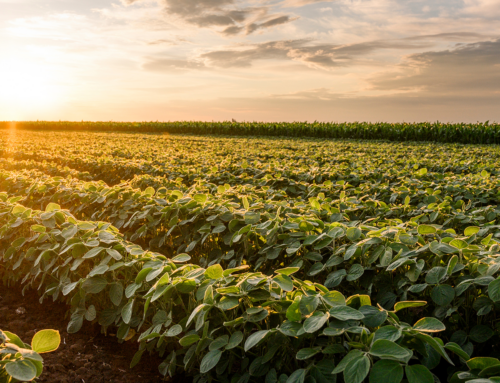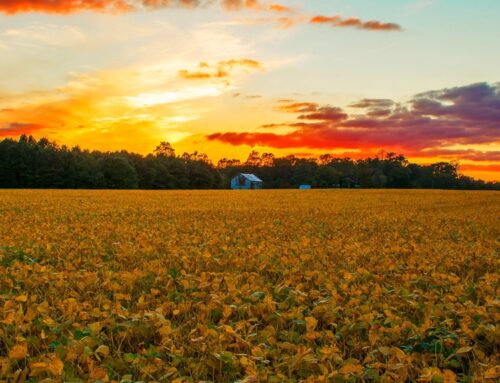
WI farmers hit all the right notes during food, ag panel
Share This
The Wisconsin Soybean Marketing Board (WSMB) knows that Wisconsin farmers are rockstars. And now, the rest of the world is getting a glimpse into the myriad roles soybean growers play in the sustainability movement.
During Reuters Events: Transform Food & Agriculture USA 2024, Wisconsin United Soybean Board Directors Nancy Kavazanjian and Tony Mellenthin participated in a panel on Oct. 9 in Minneapolis titled “Fostering Sustainability on the Farm: Working Together to Benefit the Entire Food Value Chain.” The event brought together stakeholders from the food and agriculture industry to collaborate in building an equitable and sustainable food future.
“You almost feel like a rockstar,” Kavazanjian said. “Afterwards, executives from the consumer-packaged goods companies (CPGs) wanted to talk to you and ask questions. It was amazing.”
With farmers at the root of all food, it was only logical to include them in the important conversations nurtured at the event. After all, farmers are the original stewards of the land.
“It was about getting a farmers’ perspective when it comes to climate-smart farming practices and working together with CPGs and other companies that are looking to reduce their environmental footprint,” Mellenthin said. “They’re realizing that farmers can provide a lot of solutions for them.”
There are more than just miles separating CPGs from the farm – it’s an entirely different world. But, nevertheless, that world depends on the agriculture industry and the first step in making advances is understanding where improvements can be made.
“They want to hear from us because they don’t always know what we’re doing on the farm,” Kavazanjian said. “Companies are realizing that they’re not getting farmer participation as quickly as they want so they want to know what they can do to get the farmers more involved in their corporate goals.”
Mellenthin, who farms near Eau Galle, echoed Kavazanjian.
“It was important to get our perspectives out there and show what farmers need and what they’re looking for to come to the table,” Mellenthin said. “They’re not farmers. They don’t know what does and doesn’t work in the real world of farming.”
The sustainable practices that U.S. soybean producers implement – many of which have been standard for decades, like crop rotation – are not the only role soy can play in CPG’s carbon intensity and environmental stewardship goals.
“We were able to highlight why utilizing products with soy in them – like soy-based packaging – will help them achieve their goals even beyond the practices we do on the farm,” Mellenthin said. “It was an opportunity for soybean farmers to partner with consumer facing brands. Our participation showed farmers’ willingness to engage and want to partner with these companies and try to move forward together.”
It’s important to work smarter not harder, which often means working together. Because Mellenthin and Kavazanjian already participate in a handful of programs offered by companies, they were able to offer insight into what made them prioritize certain programs. And they’re poised to encourage other growers to seriously consider participating.
“From a farmer’s perspective, it’s an opportunity to add value to our crop and to help our bottom line,” Kavazanjian said. “Find a program that you trust and makes sense for you and that will pay you what you think your commodity is worth.”



